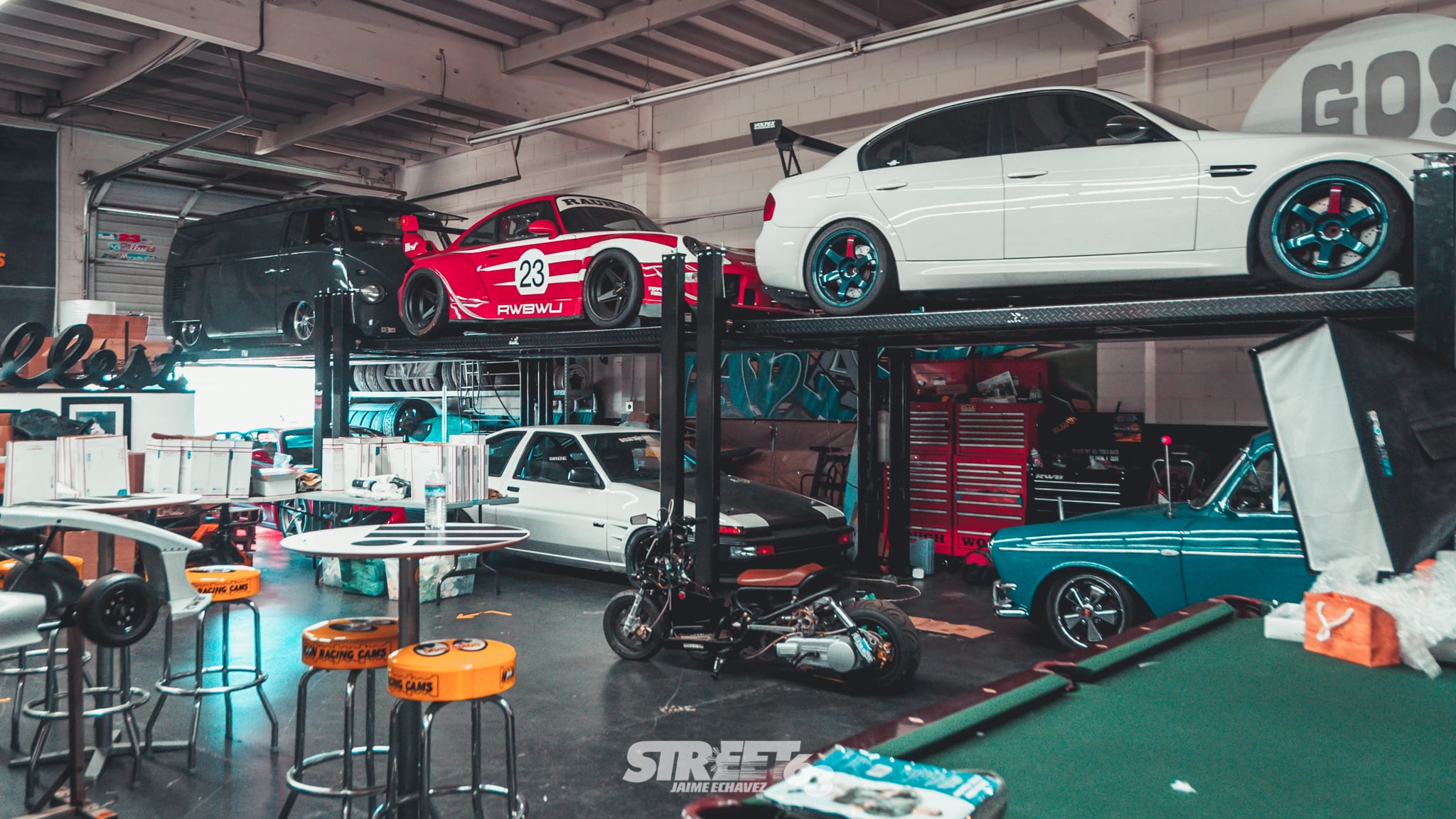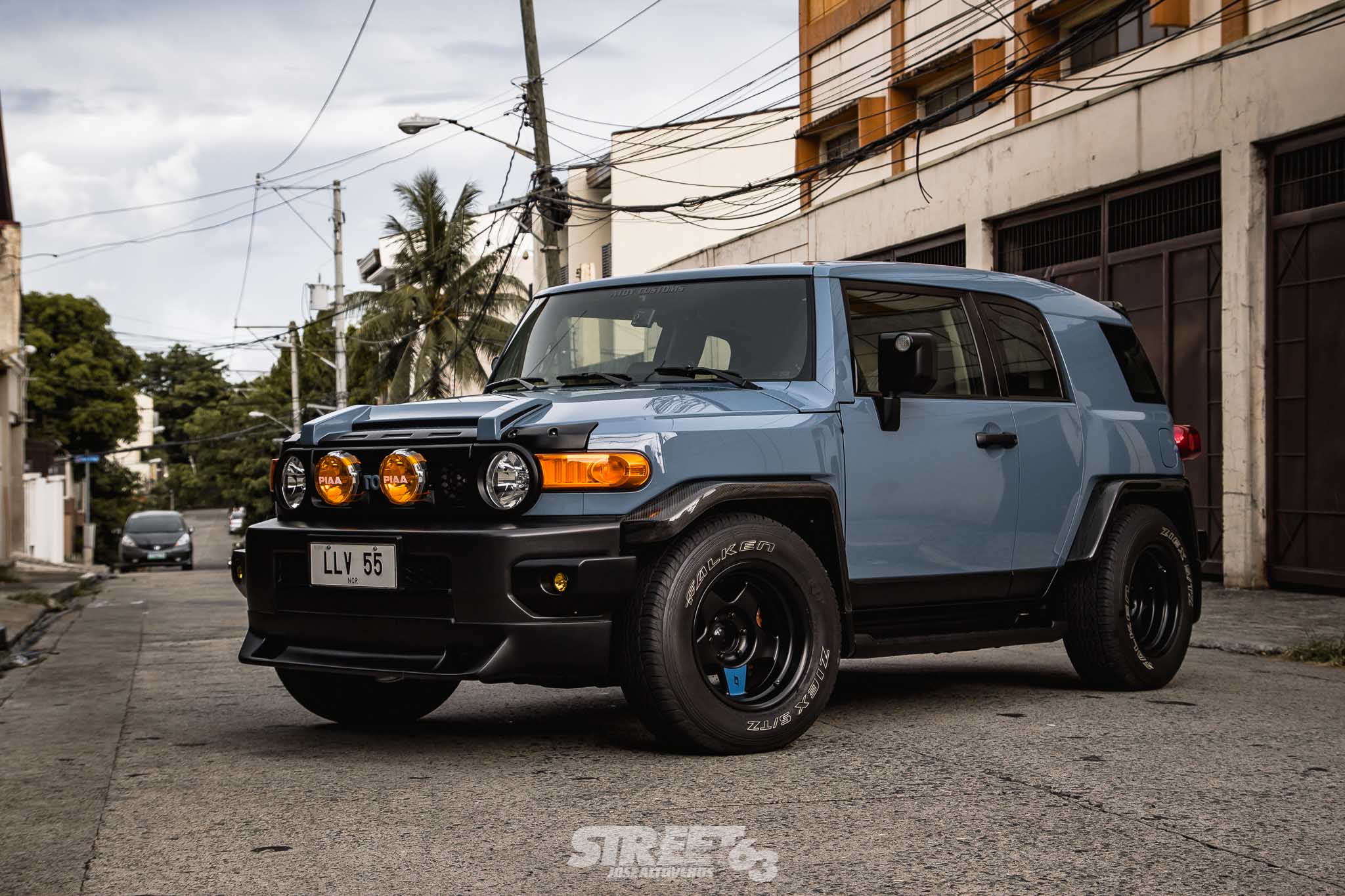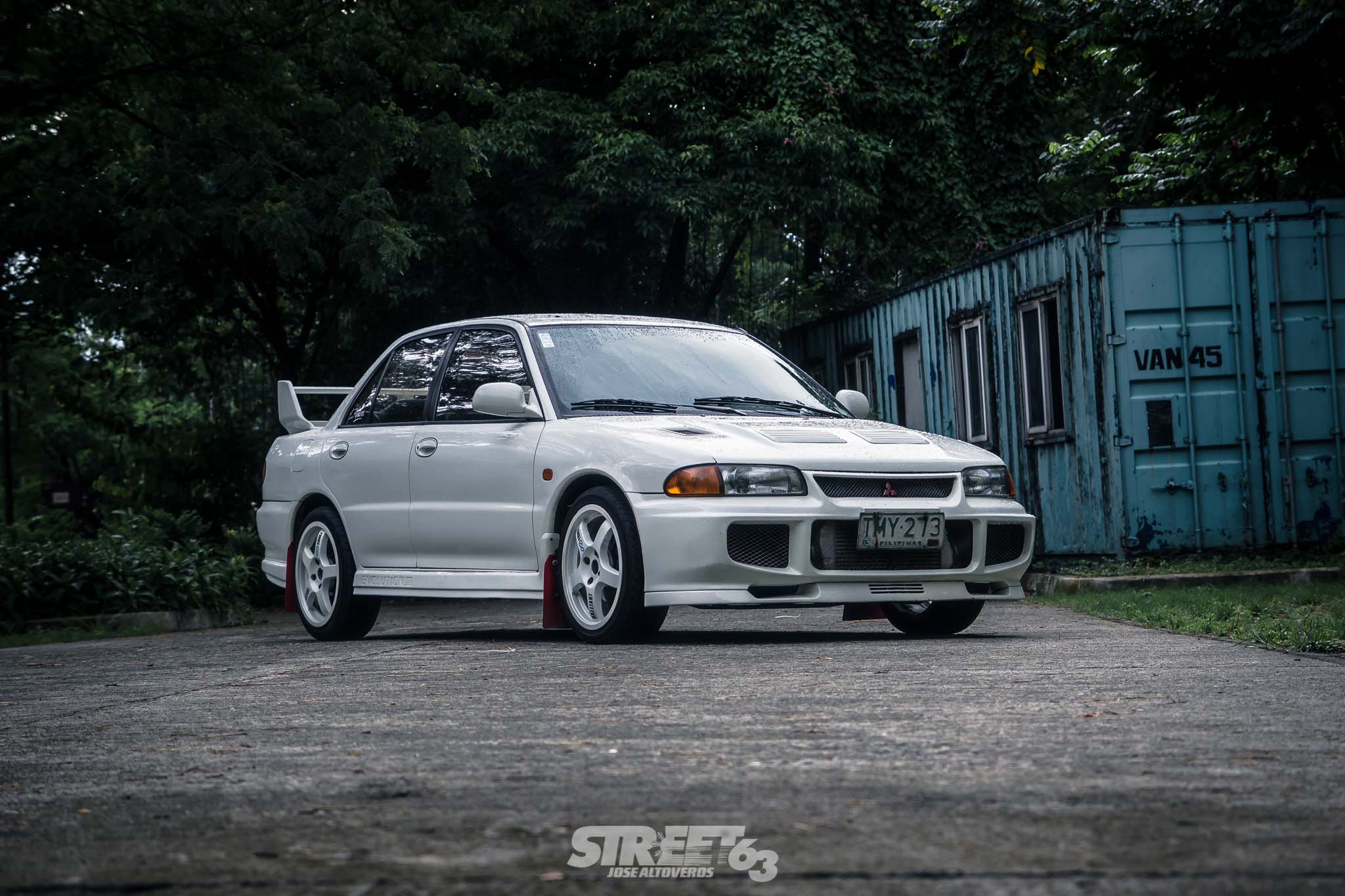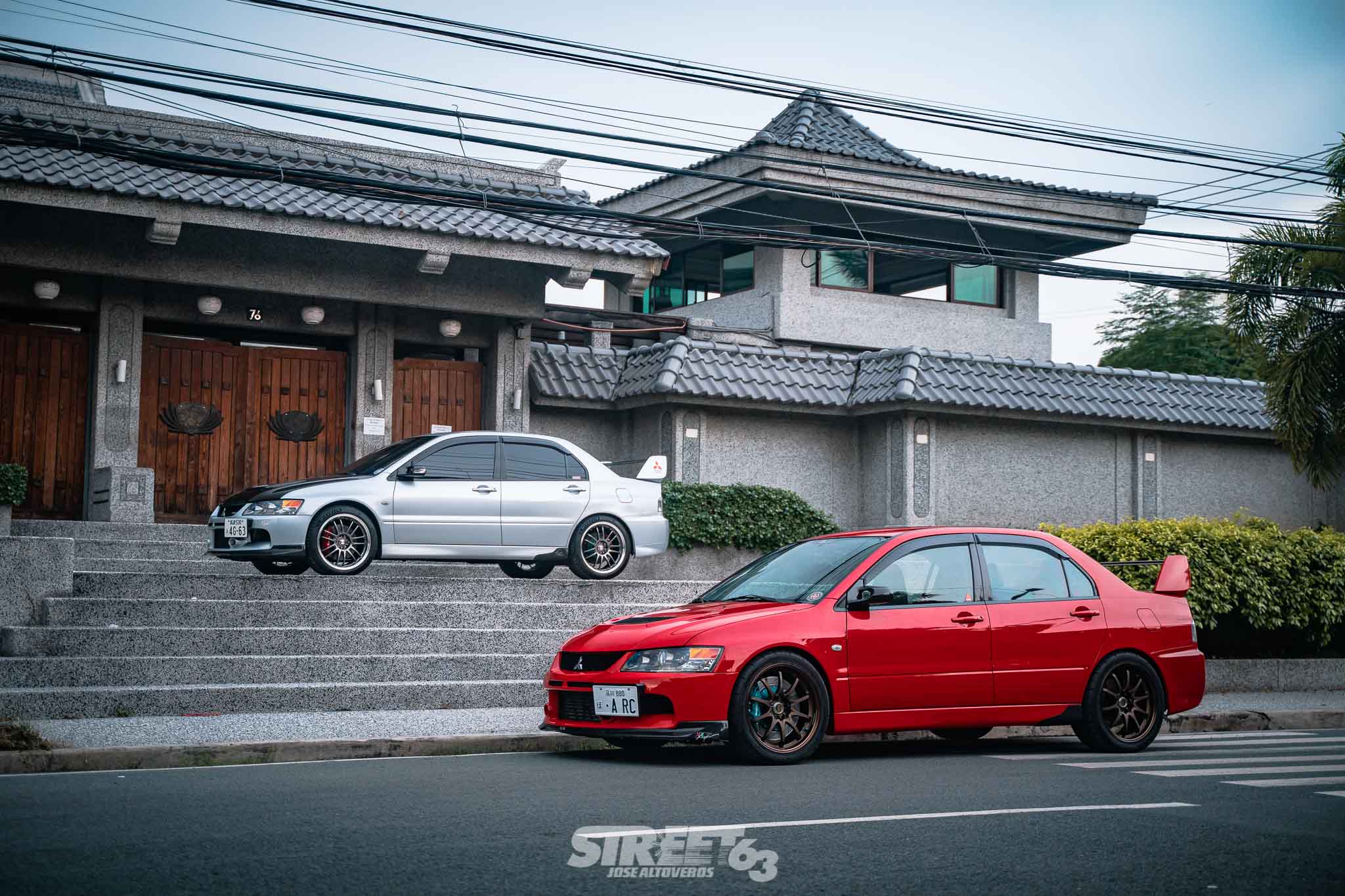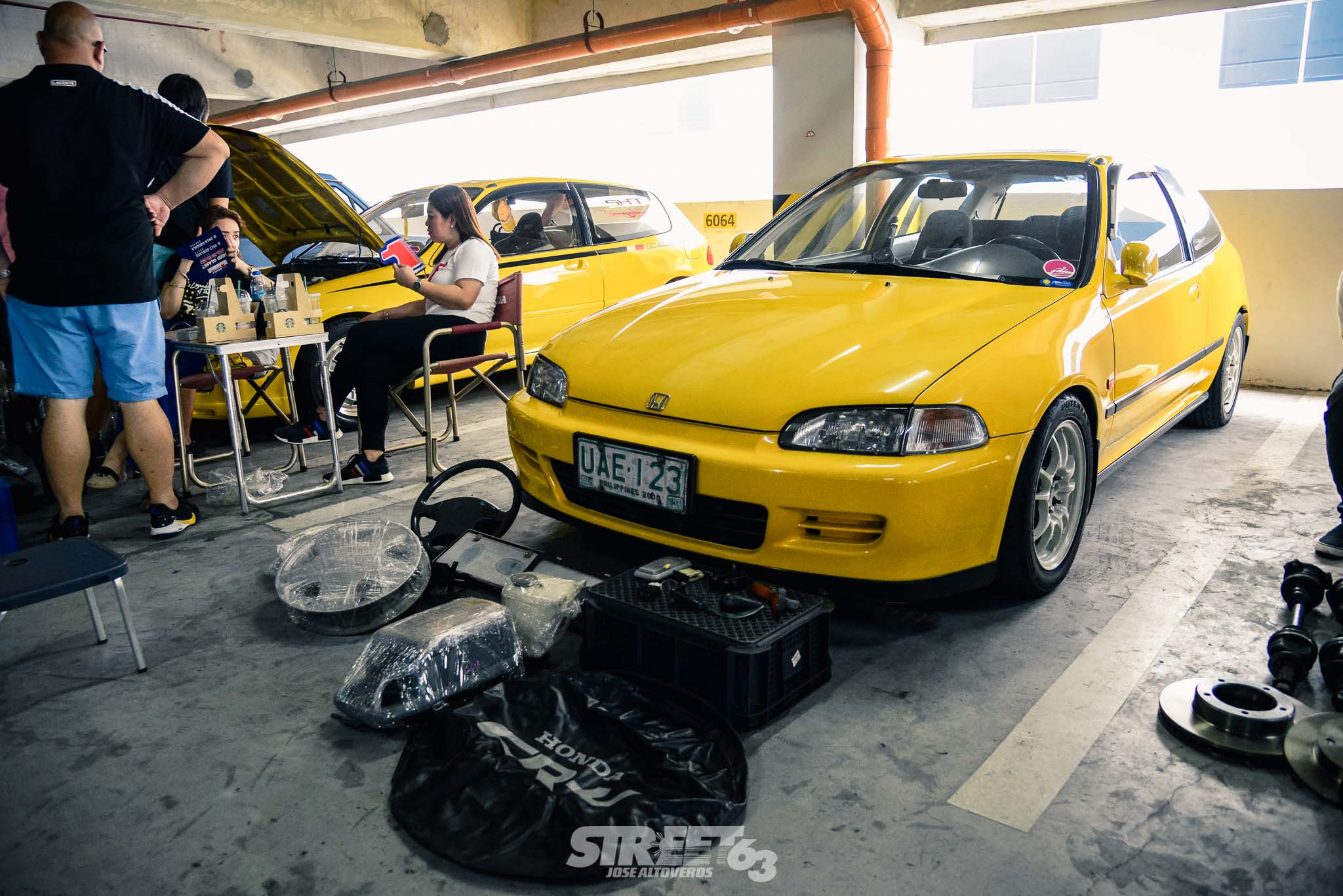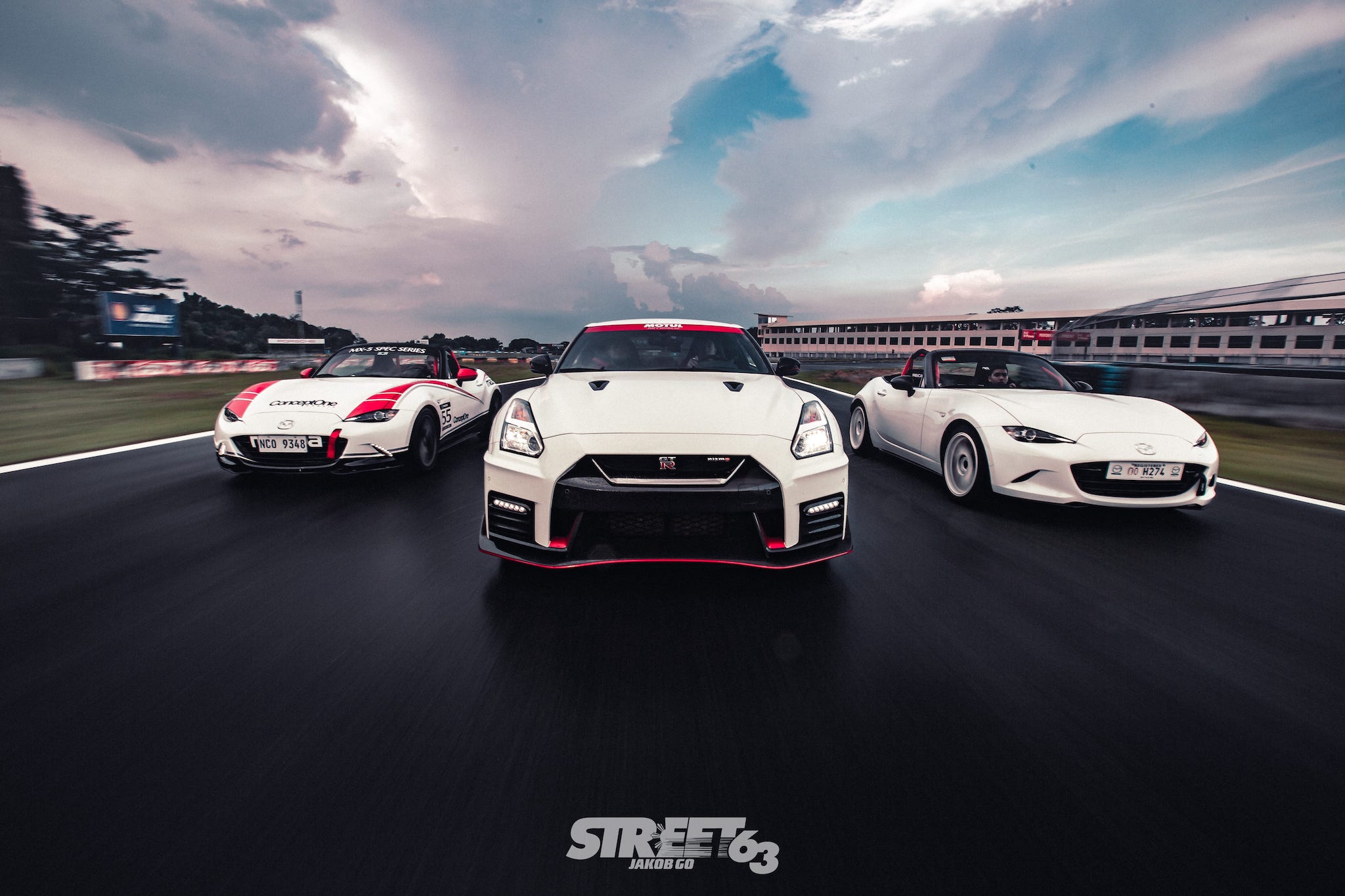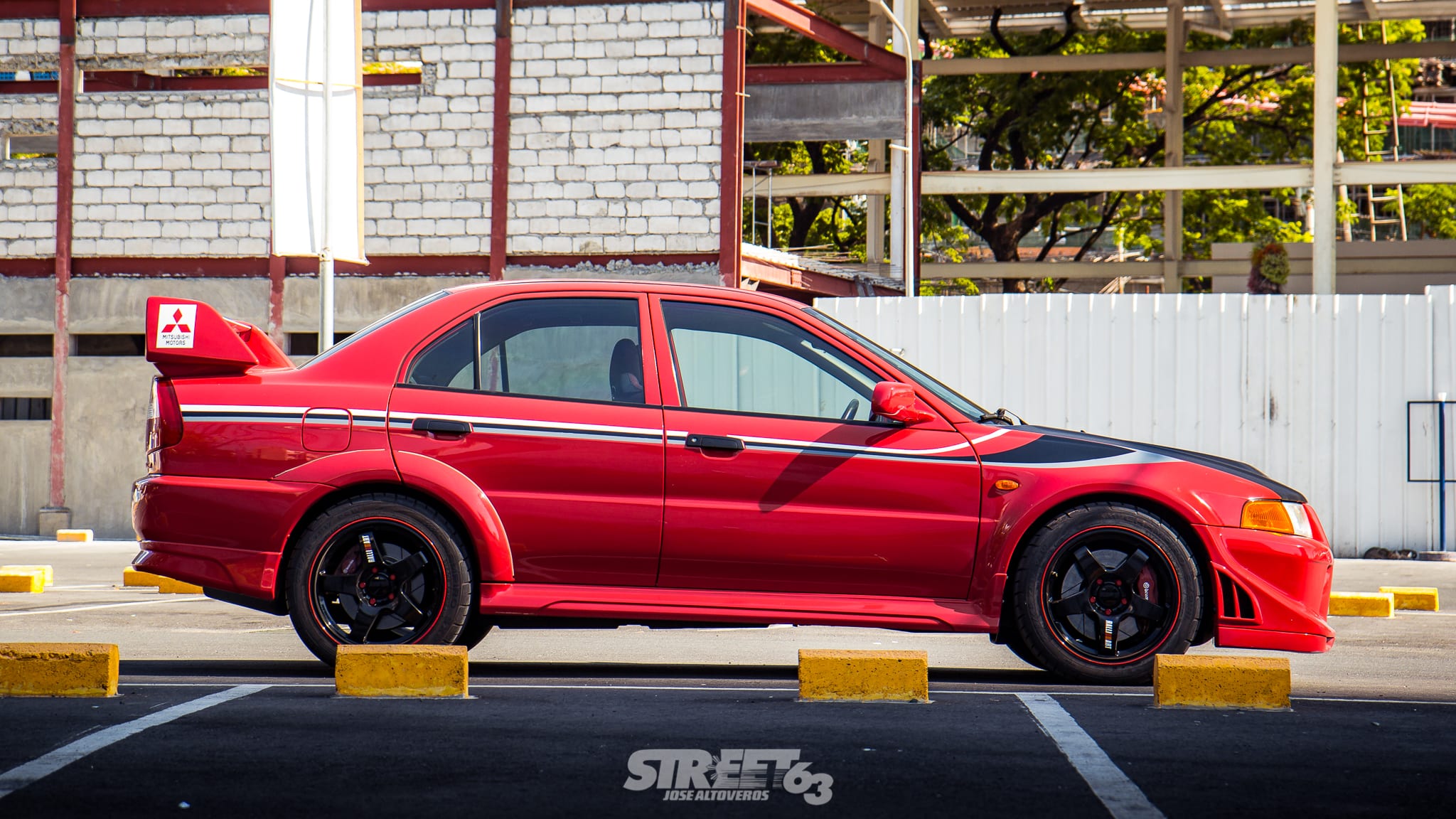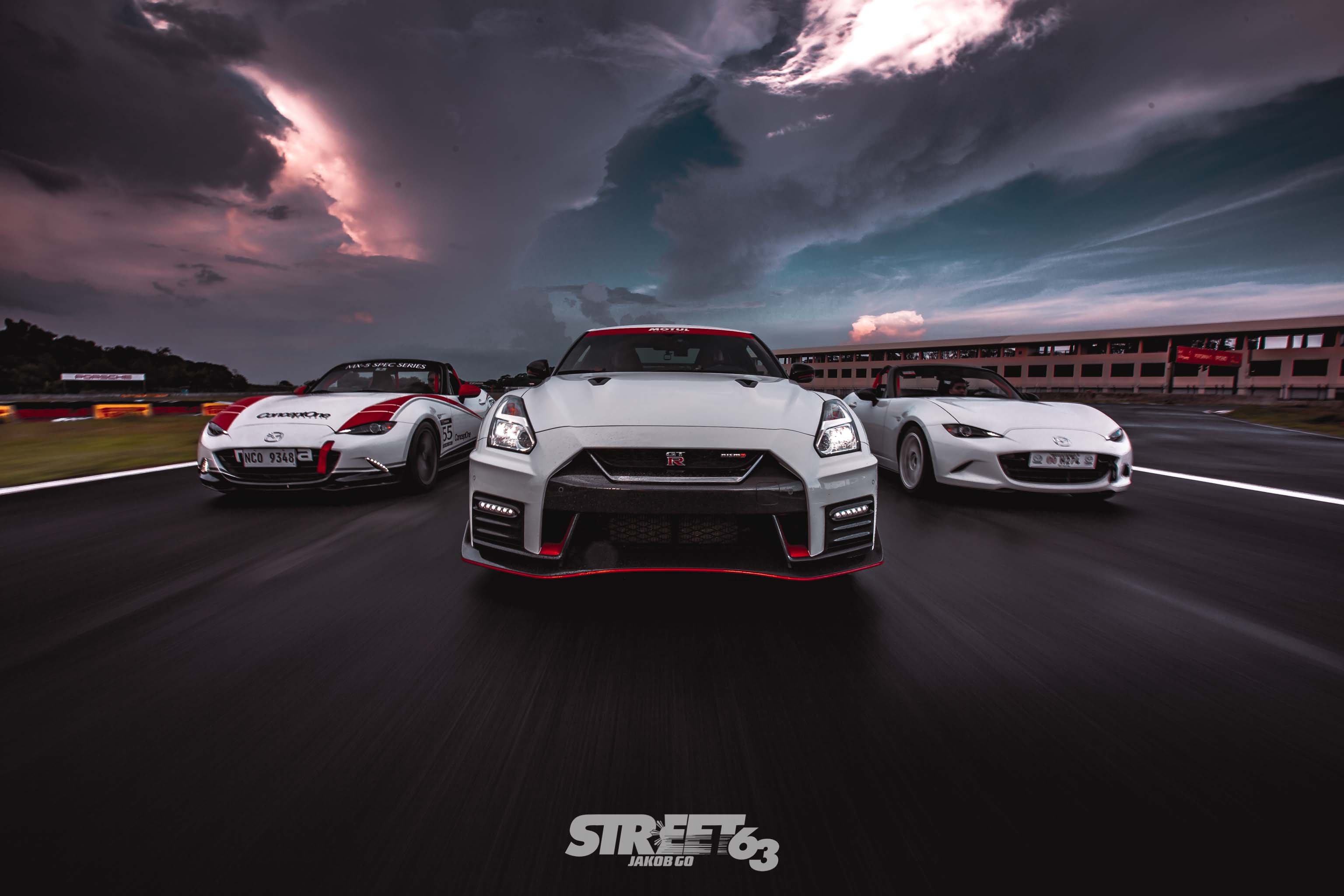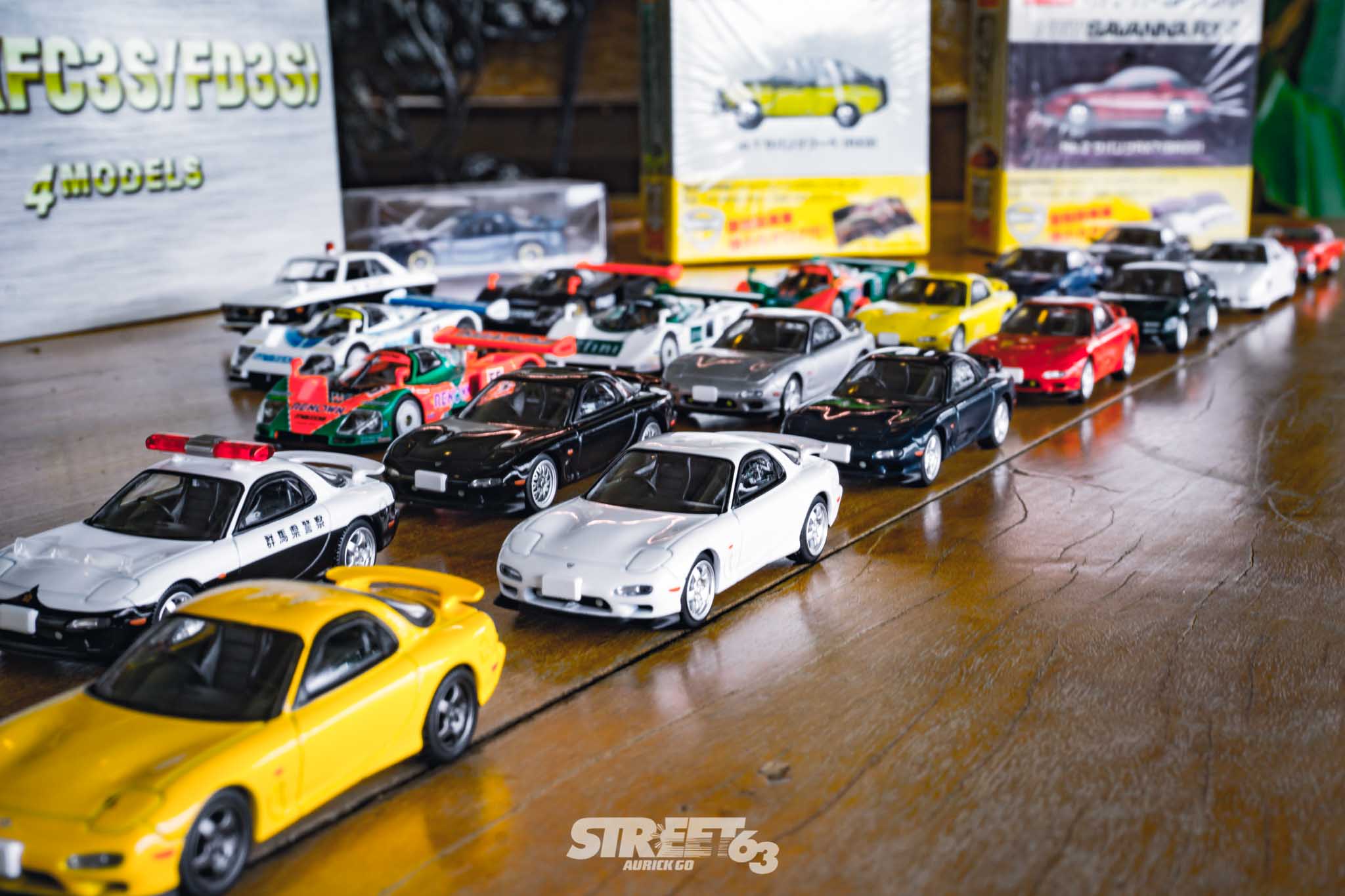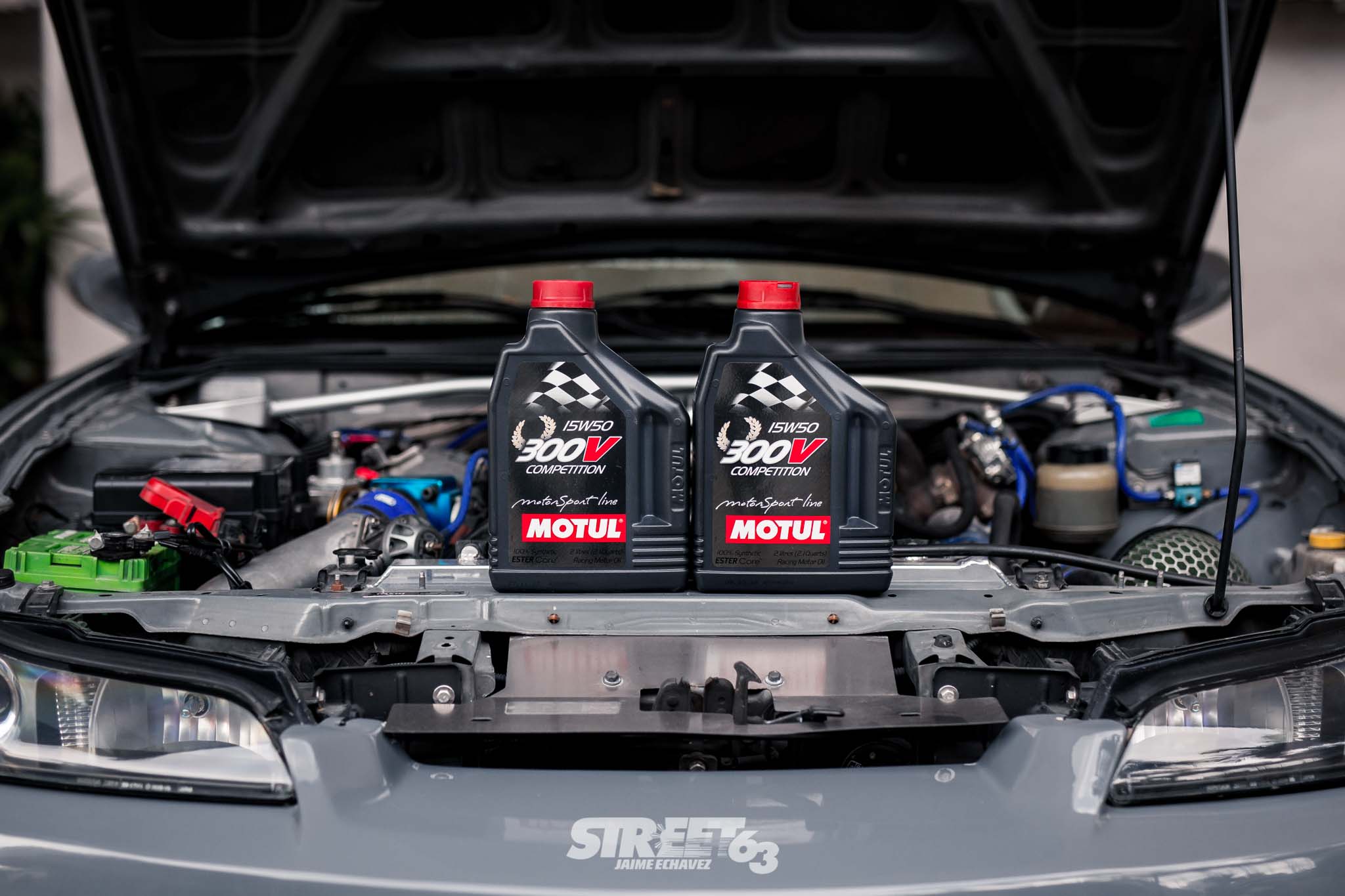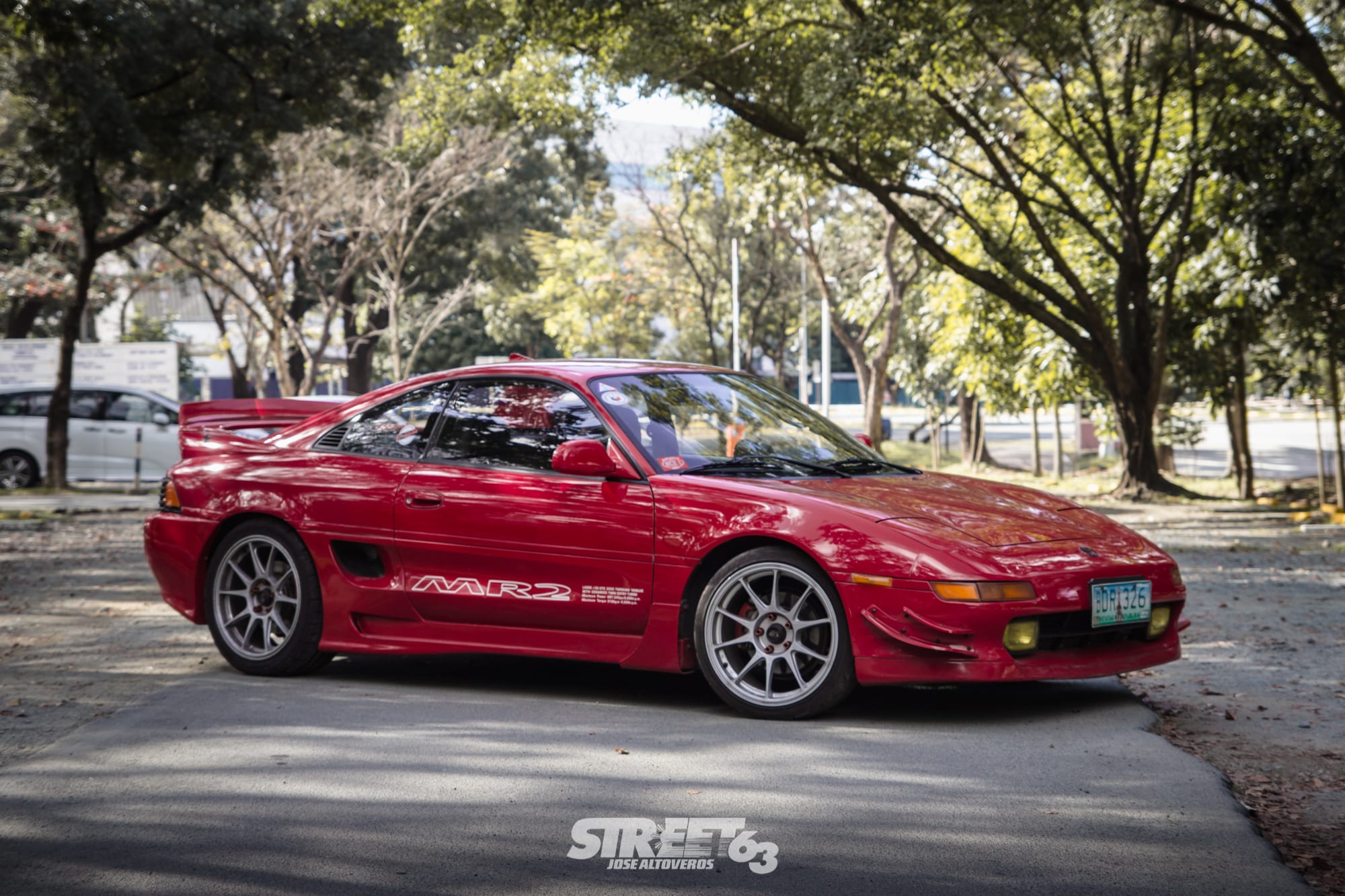Homegrown: How Do We Define PhDM styling?
For most things, even aside from cars, Filipinos always tend to lean towards ‘the grass is always greener on the other side’ mentality. We always look towards the latest parts and builds from Japan, the US, or from other parts of the world. The novelty of seeing something that shouldn’t be here to begin with is a very aluring one indeed – and believe me we’re definitely guilty of that too.
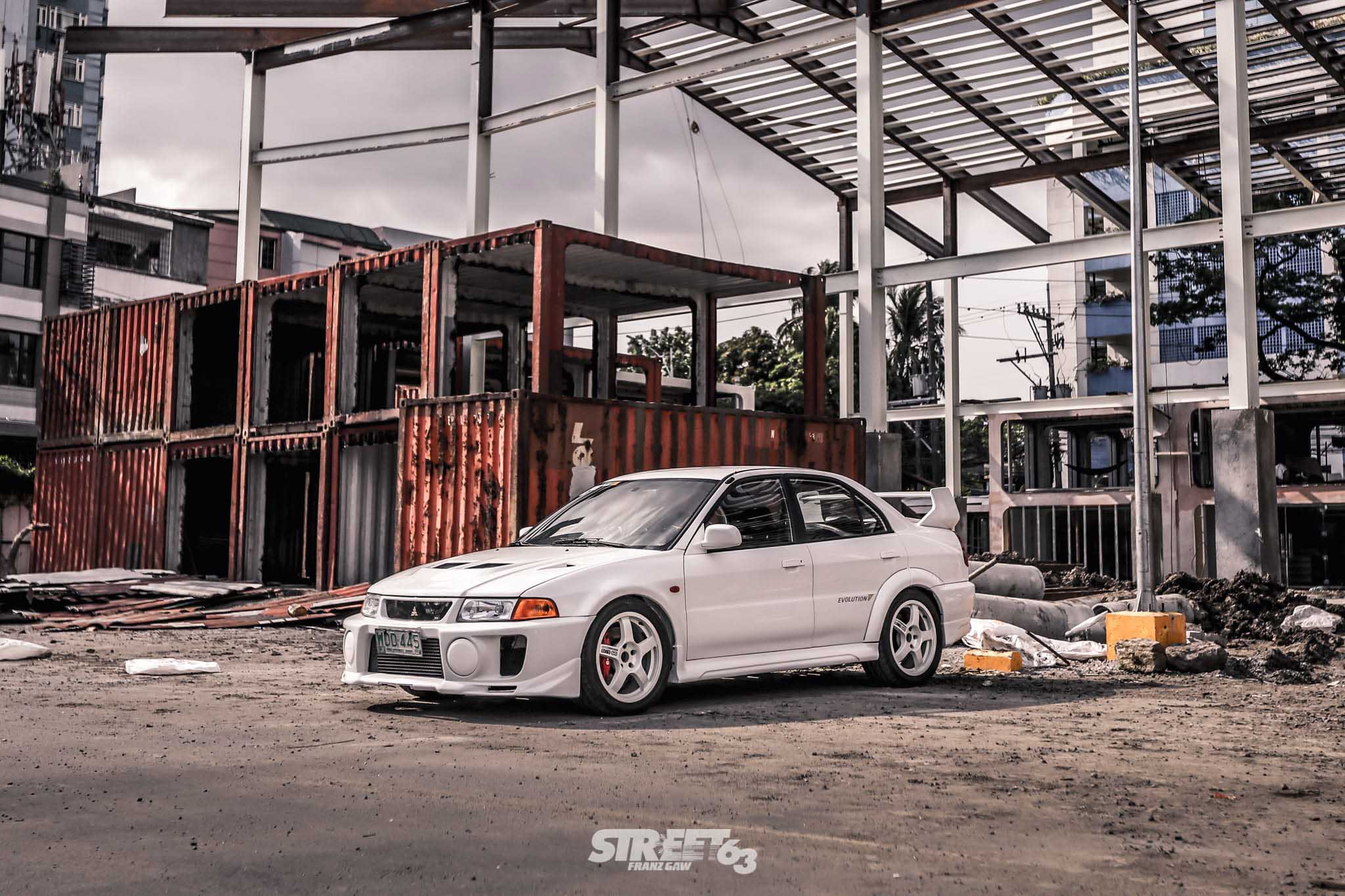
Much as we look towards other countries for inspiration though, somehow our local builds tend to stick to a certain formula. There really is a certain way tastefully modified cars around town are built – a common denominator that we couldn’t put our finger on for the longest time. To be honest, I couldn’t see just exactly how ‘PhDM styling’ can distinguish itself from other influences across the globe… until we actually traveled to see what others were doing. Considering what we’ve seen first-hand in Japan as well as in other parts of Southeast Asia, allow us to walk you through a few of the features that distinguish the Filipino way of building cars.
Minimalism
Look at the following cars and think of what’s common between them:
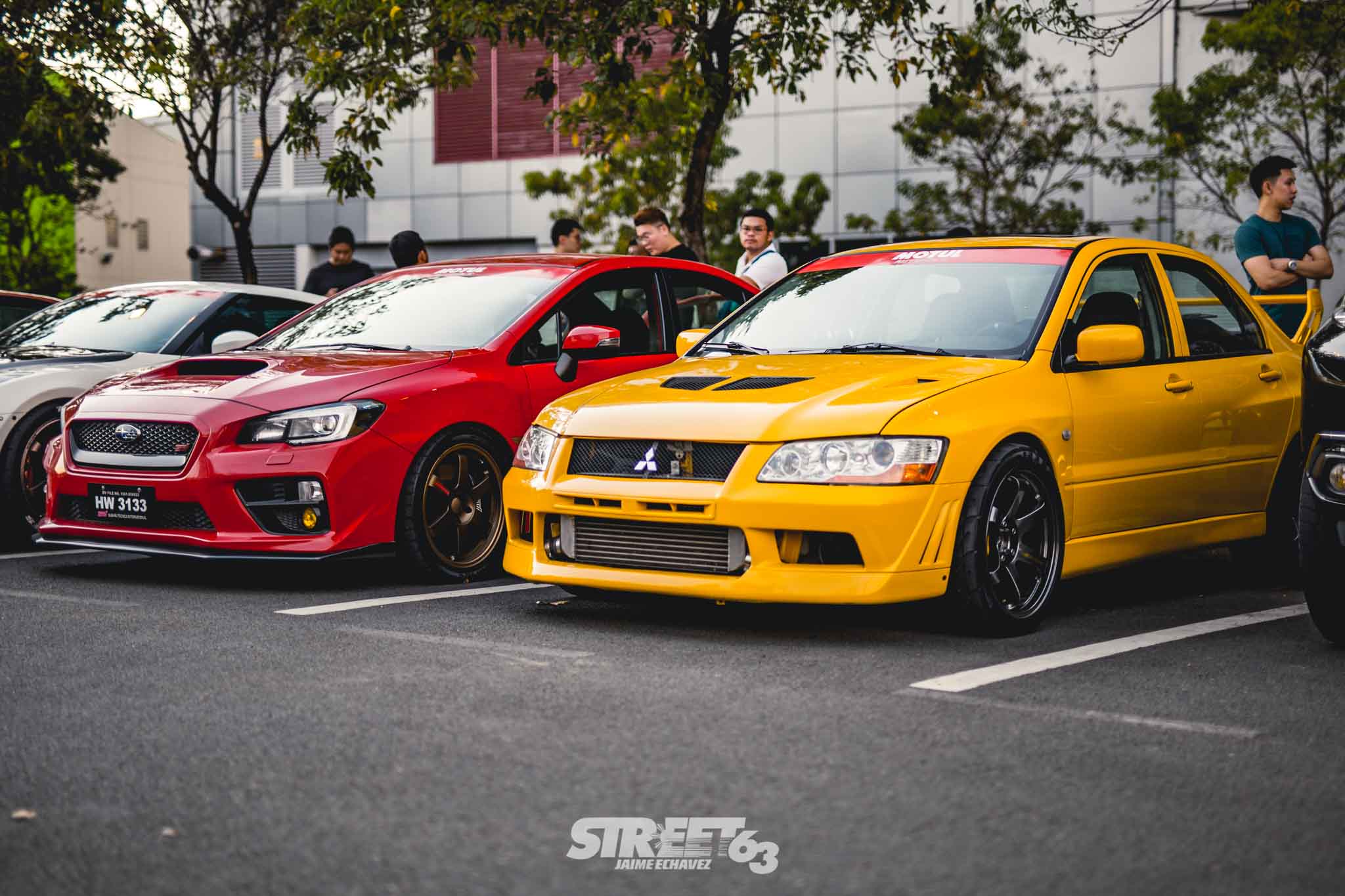

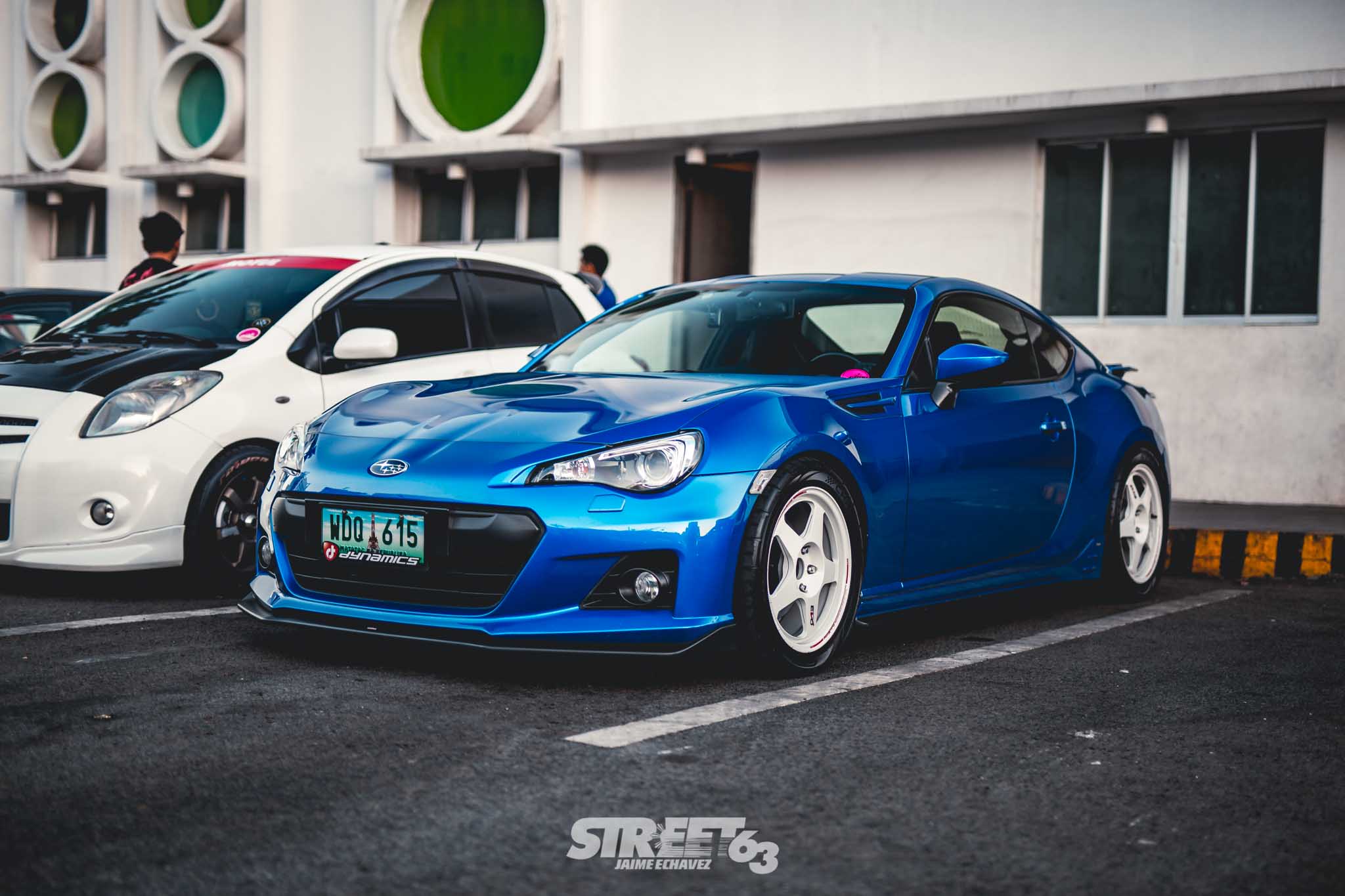
You’re probably thinking ‘they’re all stock-ish with nice wheels and good fitment’.
Exactly.
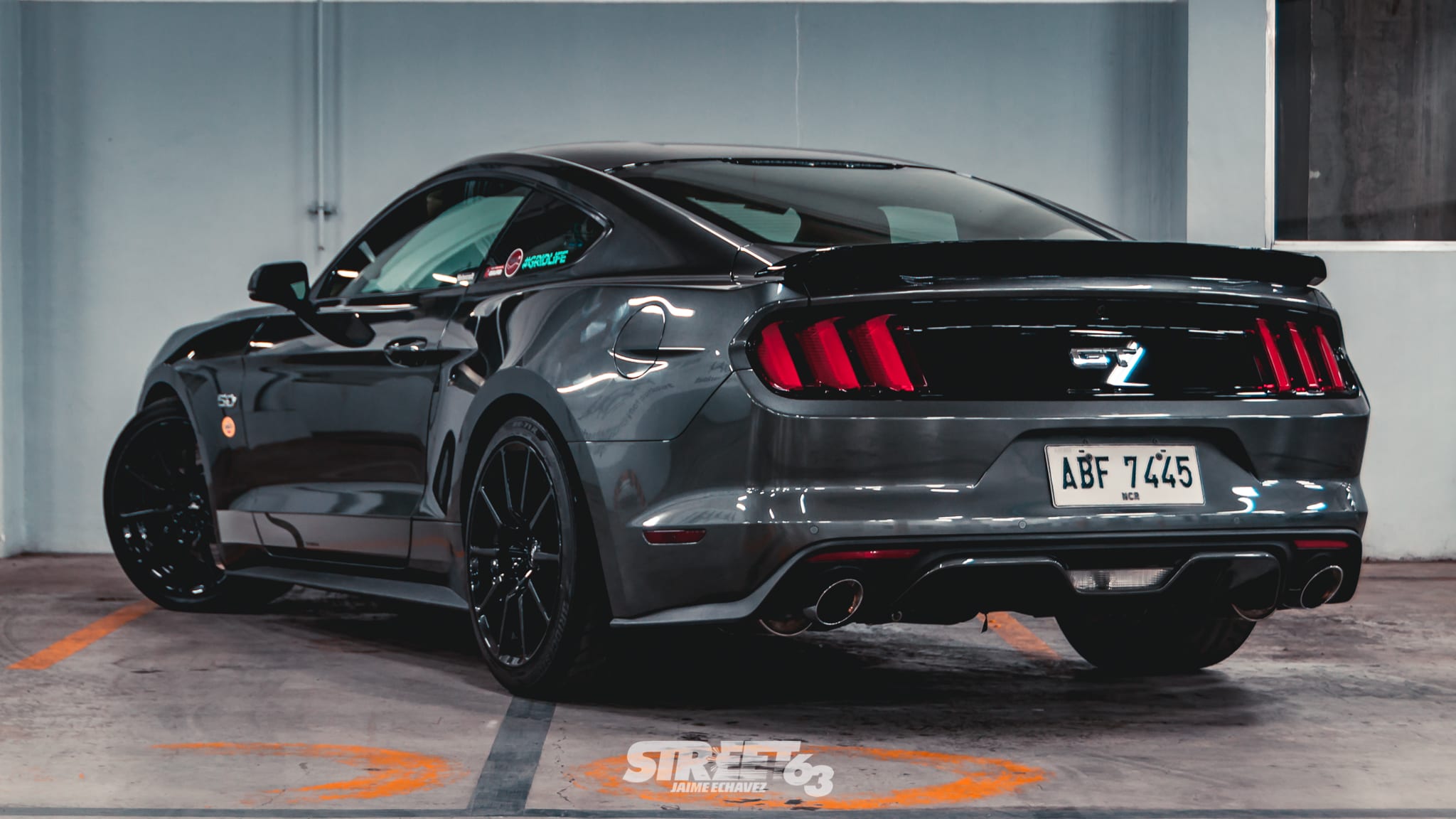
There’s a level of restraint when it comes to building cars for the average Filipino. Most of the modified cars you will see around town (that aren’t riced out) simply do with properly specced wheels and a healthy lowering. When you think about it, several factors possibly contribute to this trend: budget constraints, parts availability, road conditions, family, etc. Generally speaking, Filipinos are inclined to modify their cars in a way that they will still actually be used on the road. Most modified cars will look ‘stock’ to the untrained eye apart from wheels and lowering, but dedicated owners go so far as to source details like badges, a subtle lip kit, changing to OEM option garnishes and lights, adding mild accents or changing to a non-OEM paint finish. The ladies and gentlemen who build their cars this way perhaps have a ‘The Devil is in the Details’ approach to their vehicles. Keep the car clean, presentable, and not too overboard – and then focus on everything else underneath.
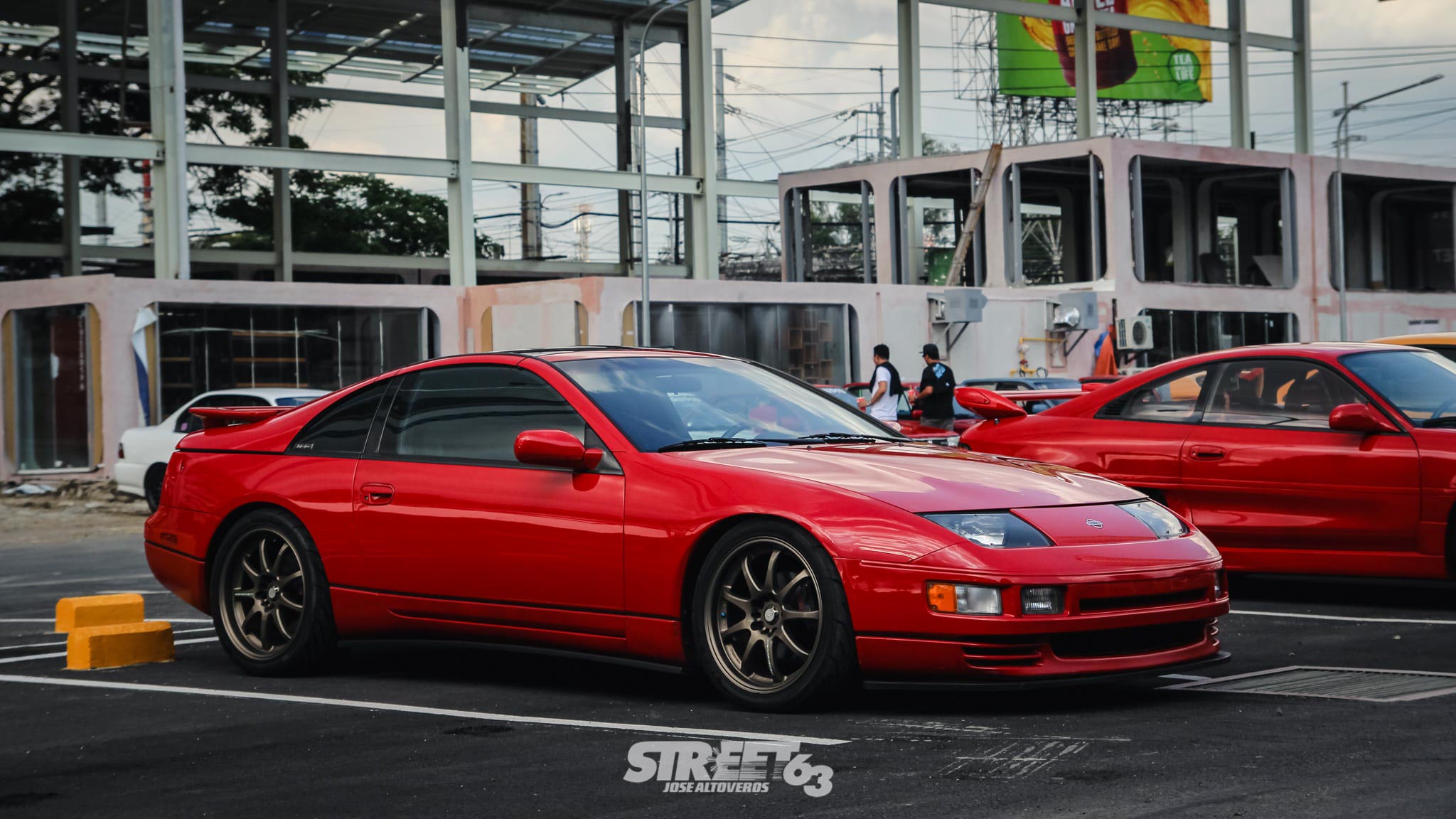
You wouldn’t be breaking necks for cars like these, but that’s sort of the point. This is the way cars are usually built before the days of Facebook and Instagram pushing wide-bodied cars to your news feed. The whole point of this approach is to inject enough personality into the car, yet retain what it’s meant to be used for – to be driven. It’s a refreshing sight these days, and in fact Simple is Best never dies.
Catalog Building
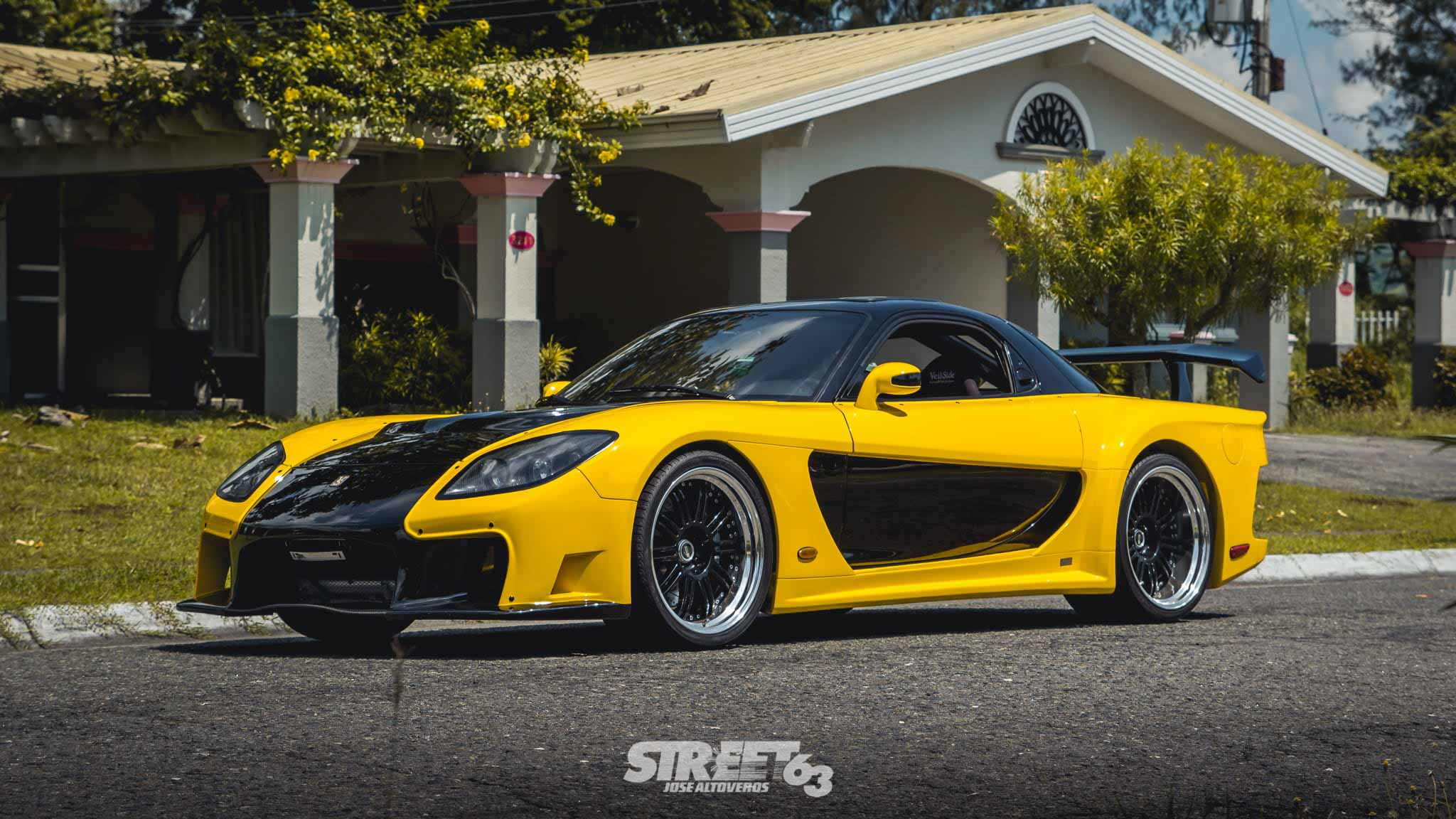
A famous celebrity car enthusiast recently proclaimed the sentiment of the Filipino car people: ‘JDM Nambawan!’ All this ‘JDM-this JDM-that’ obsession has led to an odd phenomenon wherein there would be an absurdly high concentration of vehicles in town that adhere to a Catalog-style of build. Whether it be an obscure 90’s option for a Toyota Corolla all the way to special cars like this Veilside RX-7, there are a bunch of dedicated folk that find pleasure in ticking all the boxes in their old brochure/catalog to make sure their car is as complete as the one on paper.
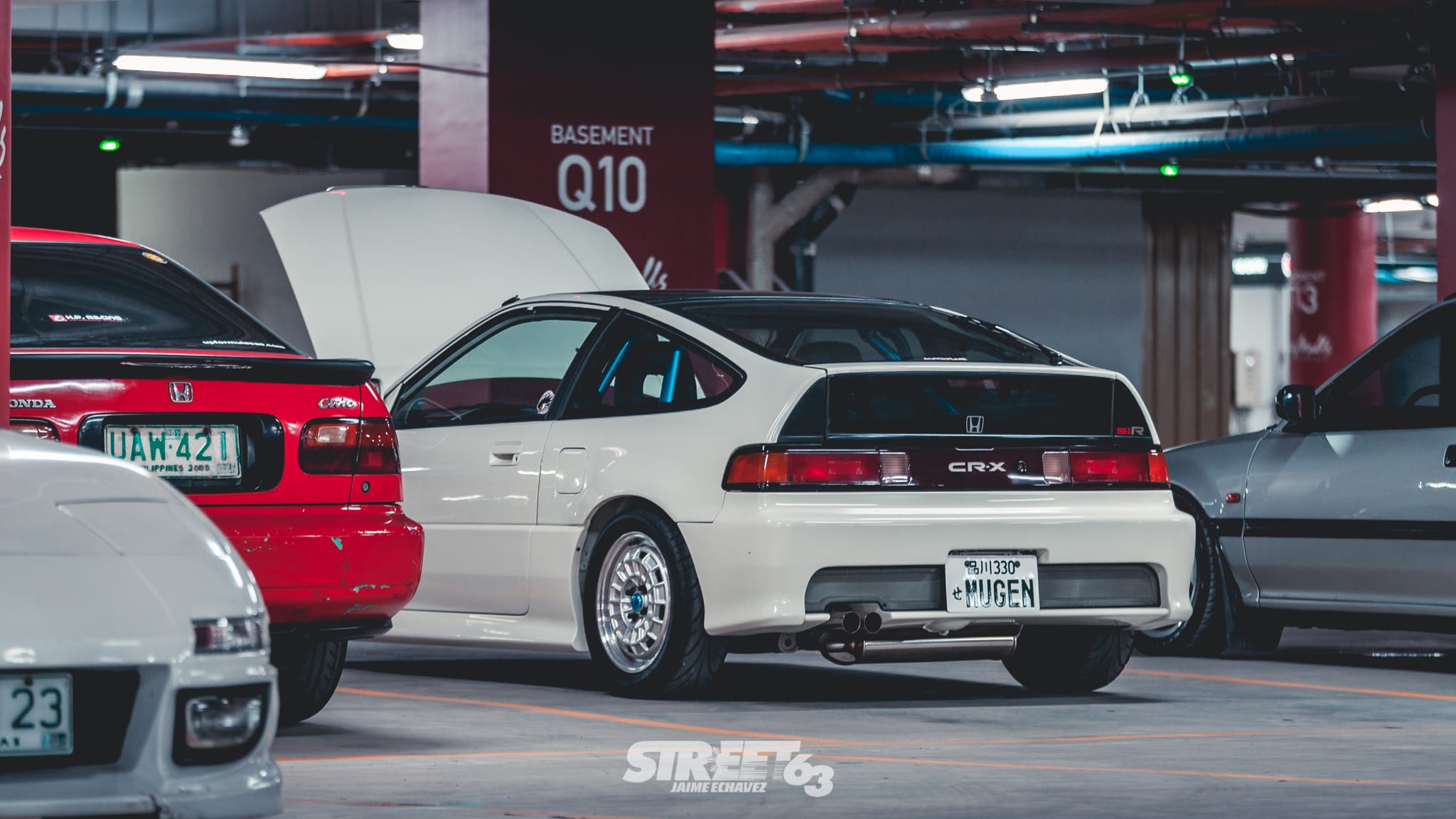
Believe it or not, diehard Honda fans consider Filipino Honda guys to be one of the best at their craft exactly because of this trend. Only here will you find a literally straight Spoon EK9 or a full Mugen-specced SiR down to the tiny details like tachometers, tow hooks, and other out-of-production pieces. Our highly-dedicated aftermarket forefathers have paid attention to their builds, and now that prices have turned to ‘presyong ginto’ for their parts they’ve all but earned the right to flex.
Offroading and the rise of Overland builds
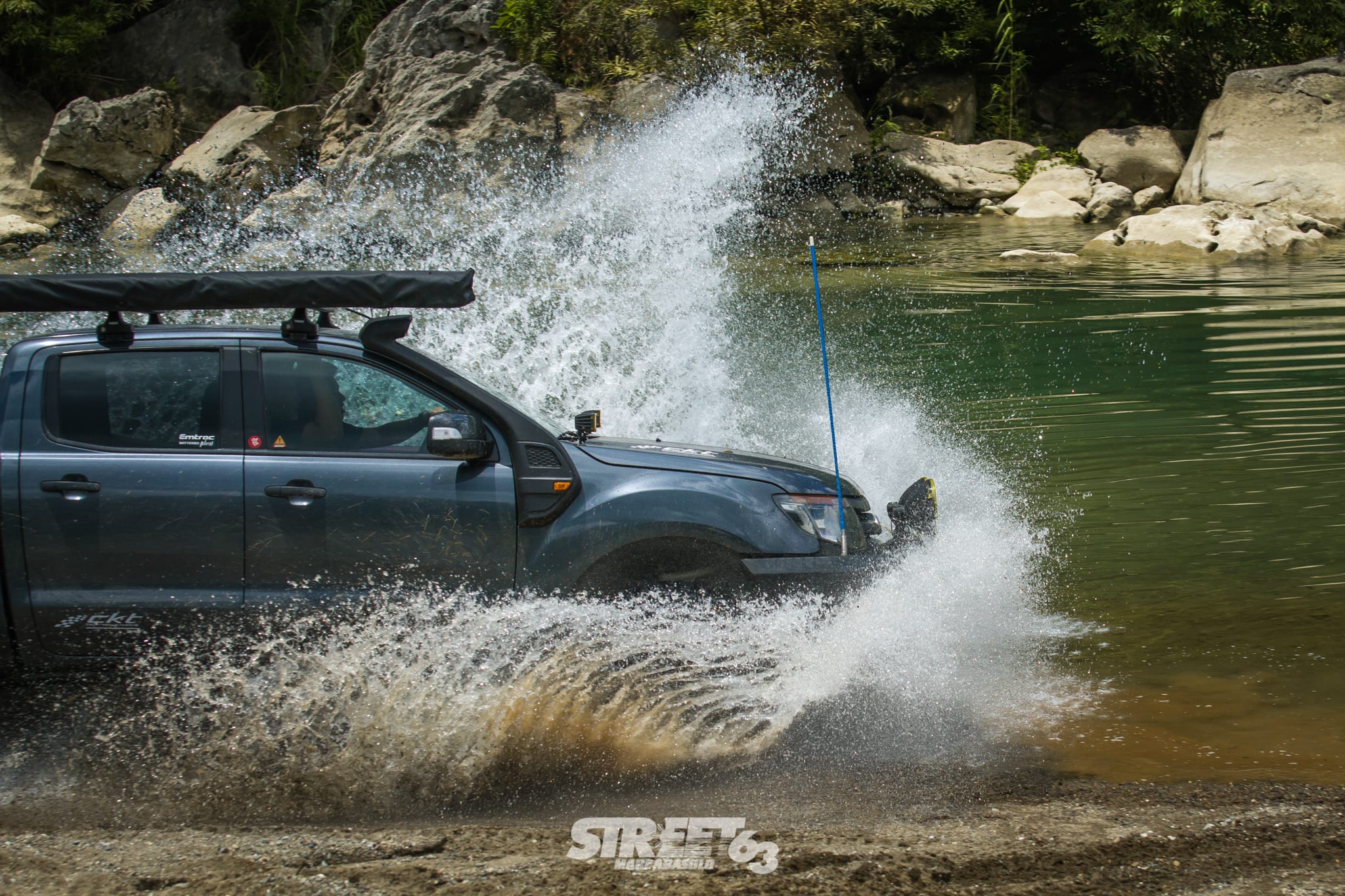
For better or for worse, a sizable chunk of the local aftermarket scene has taken a shift towards raising cars instead of lowering them – meaning everyone started buying SUVs and pickups and began modifying them. Again, socio-economic factors come into play here: general practicality vs sedans, floods becoming a more frequent ocurrence (especially in Banawe where everyone buys their parts), and protection from the hustle and bustle of Metro Manila traffic by way of steel bumpers and bullbars.

When you look in places like Singapore, Taiwan, or Japan, there is hardly any presence of these types of vehicles because their areas don’t particularly require the harsh terrains these vehicles are capable of withstanding… Because they all have nice infrastructure. We’ve only seen ONE modified Toyota Hilux at this year’s Osaka Automesse, and even that WALD Hilux is a far departure from the usual steel-bumpered examples we have here. Having had the pleasure of owning an FJ Cruiser for the past five years I was keen to see what the Japanese were doing to them. During our last trip I only saw one modified example in Hokkaido – because they have snow there. From what we’re seeing, the closest country that shares our affinity with the offroader are the Thais… and even then they’re doing completely different things to their pickup trucks.

In order to make good use and enjoy these vehicles, you will find that several groups go on trails in the mountains of Rizal or on the lahar beds of Pampanga. In a way, building a car like this is an opportunity for owners to see more of the beauty of this country – and we all know the Philippines is very beautiful (Just not Metro Manila, this place is a hellhole.)
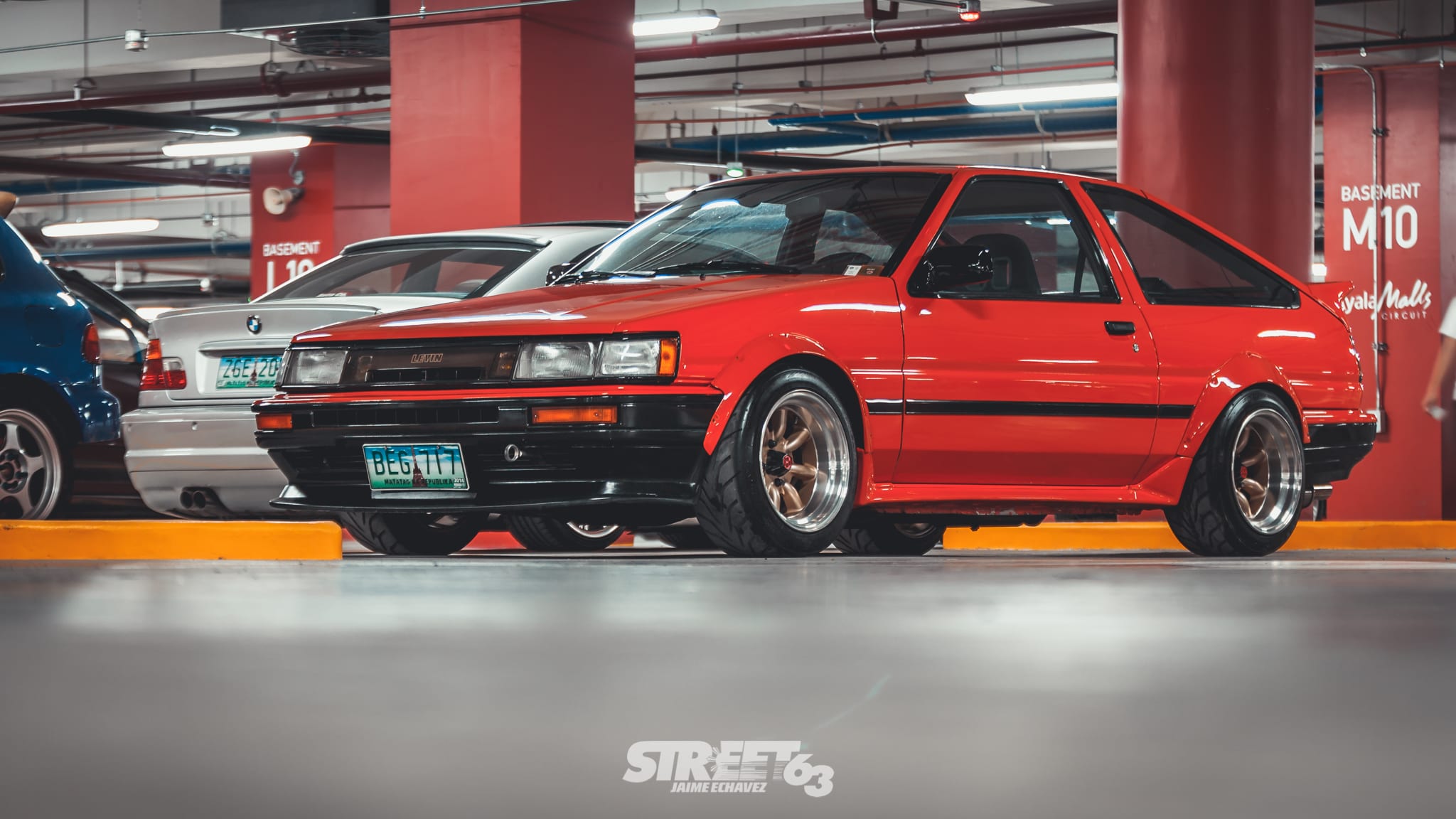
We’re thankful for the opportunity to travel the world and see what other folks are doing to their cars first-hand. This afforded us to cross-check what we’ve been doing versus the rest of the world when it comes to the cars we drive. From that we can differentiate and identify what makes a Filipino built vehicle truly different from the rest. And take it from us: There’s no place like home.
Words by Aurick Go
Photos by Jaime Miguel Echavez, Jose Altoveros, Franz Gaw, Marc Abasolo


